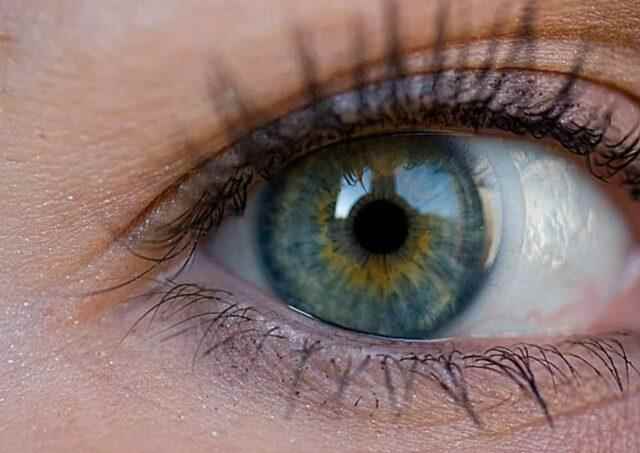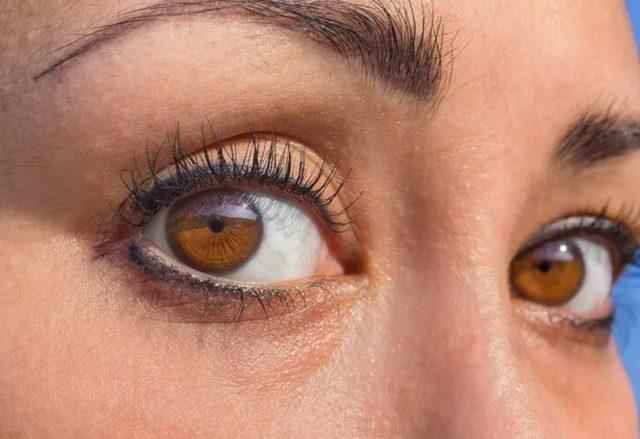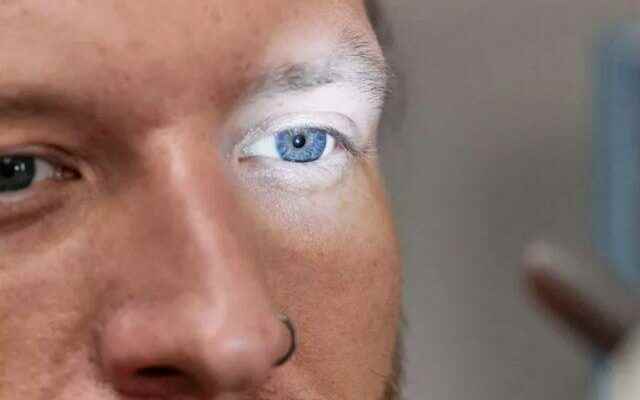The features that emerge in our bodies play an important role in our health. For example, it is known that being overweight increases the risk of many diseases such as diabetes and heart diseases. However, this issue can be intervened with a healthy diet. Among the factors that cannot be intervened is our eye color. Studies have revealed that our different eye colors determine which diseases we are prone to.
BLUE EYES ARE HIGHER RISK OF SKIN CANCER
This is noted in a study published in the scientific journal Cancer Epidemiology, Biomarkers & Prevention, in which researchers examined over 4 years how solar radiation affected white-skinned children aged 6-10 years with DNA. Apparently, children who carry the gene responsible for blue eyes are more likely to develop birthmarks in adulthood, which can increase their risk of malignant skin cancer known as melanoma. Correspondingly, other research has found that people with blue or green eyes are more likely to develop eye melanoma – possibly because they have less light-absorbing pigment to protect the eyes from the harmful effects of sunlight.
DARK EYES: LESS RISK OF MACULAR DEGENERATION

We know from research that a darker iris (the colored part of the eye) blocks more ultraviolet light, which is important because UV light is one of the known risk factors for macular degeneration. This means that people with a lighter iris have a higher risk of developing a severely impaired vision, also known as macular calcification.
LIGHT EYES: LOWER RISK OF VITILIO

Vitiligo, or skin pigment deficiency, is a skin disease with persistent, pigment-deficient patches that can be a risk factor for the development of other autoimmune diseases such as lupus, type 1 diabetes, and thyroid disease. Researchers from the University of Colorado School of Medicine identified 13 genes associated with vitiligo propensity in their study. In their study, they found that people with the disorder were less likely to have blue or gray eyes than people without the disorder. The reverse is probably also true, meaning that people with light-colored eyes are less likely to have vitiligo.
PEOPLE WITH OPEN EYES ARE HIGHER TO BE ADDICTIVE

A study by Georgia State University involving 12,000 people found that people with light-colored eyes consumed more alcohol and were more likely to become addicted than people of dark color. Researchers hypothesize that this is due to melanin, the dye produced by the pigments that give eyes their color and also plays a role in electrical activity between brain cells.

If the amount of melanin in the eye (which is higher for dark eyes) correlates with the amount of melanin in the brain, it follows that people with dark eyes are more sensitive to stimuli such as alcohol and therefore consume less. “People with light irises drink more, but more research is needed on how much iris color is a determining factor,” the researchers concluded.
